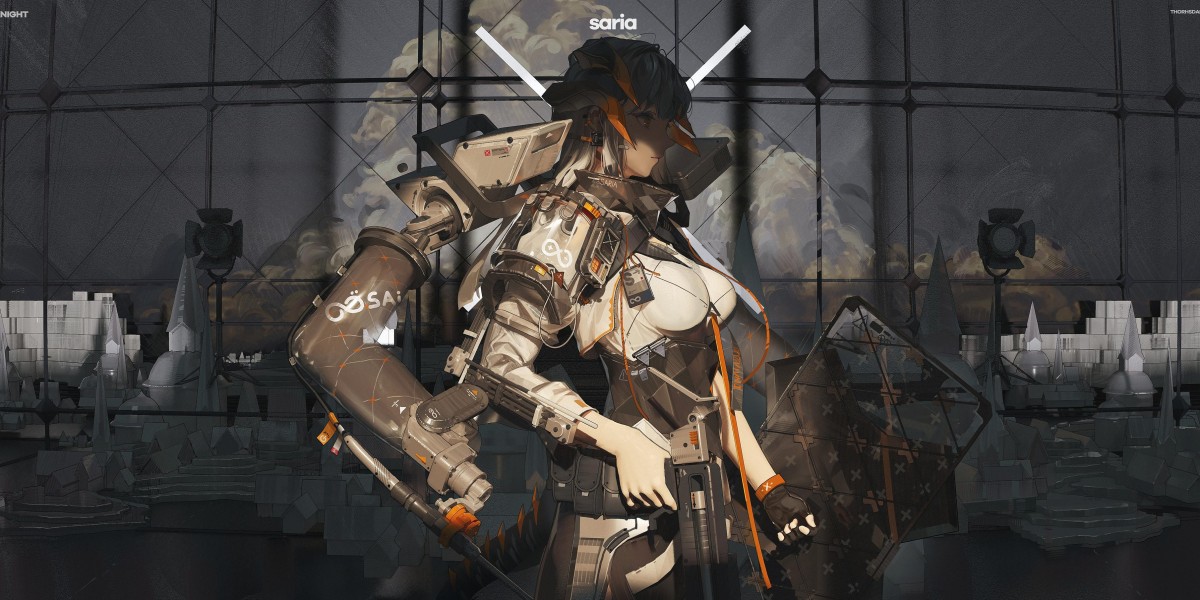Unlock Your Creativity: Discover the Perfect 3D Printer for Beginners!
In recent years, 3D printing technology has taken the world by storm, offering endless possibilities for creativity and innovation. From hobbyists crafting intricate designs to makers producing functional prototypes, the appeal of 3D printing is undeniable. As this technology becomes more accessible, many are eager to jump into the world of 3D printing. However, with so many options available, choosing the right 3D printer can be daunting, especially for beginners. Making informed decisions can help unlock your creative potential, enabling you to transform imaginative ideas into tangible objects. This guide will explore the essential features, types, and best practices for selecting a beginner-friendly 3D printer.

Understanding 3D Printers
At its core, a 3D printer is a machine that creates three-dimensional objects by building them layer by layer, a process known as additive manufacturing. Unlike traditional subtractive manufacturing, which involves cutting away material to form an object, 3D printing allows for greater flexibility and complexity in design. The printer reads a digital model, often created using computer-aided design (CAD) software or downloaded from online repositories. The printer then melts or cures a material—commonly plastic—to form the desired shape. This technology has various applications, from creating toys and art pieces to functional tools and parts for machines. Understanding these fundamental principles is crucial for any beginner looking to venture into the world of 3D printing.
Key Features to Consider for Beginners
When selecting a 3D printer, beginners should consider several key features that can significantly impact their experience. One of the most critical factors is build volume, which defines the maximum size of the object that can be printed. A larger build volume offers more versatility but may come with a higher cost. Print resolution is another essential aspect; it determines the level of detail the printer can achieve. For beginners, ease of use is paramount. Look for printers with user-friendly interfaces and setup processes. Additionally, safety features, such as enclosed designs and thermal protection, are crucial for ensuring a safe printing environment, especially if children are involved. These considerations can help streamline the learning process and enhance the overall printing experience.
Types of 3D Printers for Beginners
There are several types of 3D printers suitable for beginners, each offering unique advantages and disadvantages. The most common type is Fused Deposition Modeling (FDM), which extrudes melted filament to create layers. FDM printers are typically affordable and easy to use but may not offer the highest print resolution. Stereolithography (SLA) printers, on the other hand, use a laser to cure resin, producing highly detailed prints with smooth finishes. However, they can be more expensive and require more post-processing. Digital Light Processing (DLP) is another resin-based technology similar to SLA but usually prints faster. Each type has its pros and cons, so beginners should consider their specific needs and preferences when selecting a printer.
Best Practices for Getting Started with 3D Printing
Embarking on your 3D printing journey can be exciting, but it's essential to approach it with the right mindset and resources. First and foremost, familiarize yourself with slicing software, which converts your 3D model into a format that the printer can understand. Many beginner-friendly printers come with recommended software, making this process easier. Joining online communities can also be incredibly beneficial; forums and social media groups often offer support, tips, and shared experiences from fellow beginners. Additionally, be prepared to encounter challenges and setbacks—it's part of the learning process. Embrace these opportunities to learn and grow, and don't hesitate to seek help when needed. With patience and practice, you'll soon be on your way to creating impressive 3D prints.
Summary of Key Insights for Beginners
In conclusion, diving into the world of 3D printing as a beginner opens up a realm of creativity and innovation. By understanding the fundamental principles of 3D printing, considering essential features, exploring the various types of printers, and following best practices, you can make informed decisions that enhance your experience. Remember, the right 3D printer can significantly impact your creative journey, so take the time to explore your options. Embrace the learning curve and let your imagination soar as you transform ideas into reality through this exciting technology.








